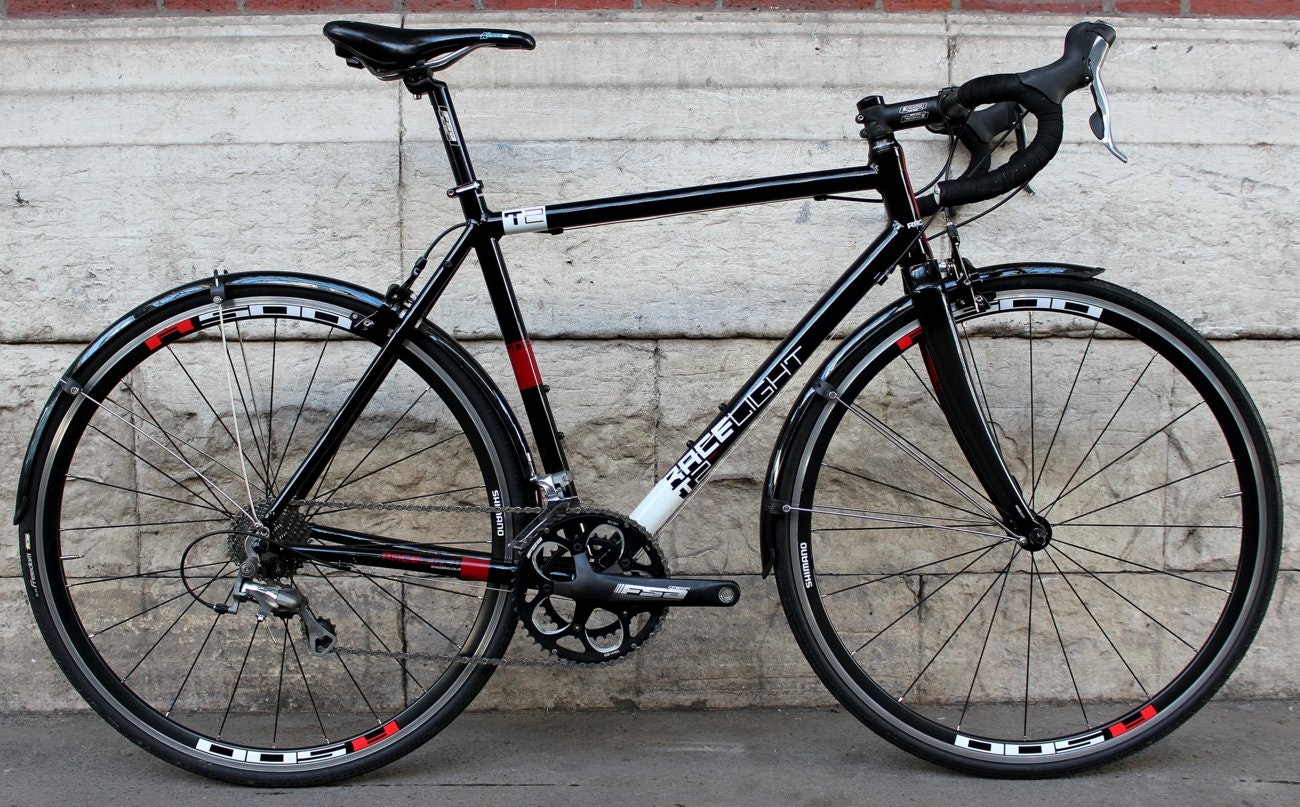Buyer's guide: winter bikes
-

A dedicated winter frame can help get you through the cold season
-

De Rosa offer the Milanino Training in this winter spec - though you will need to purchase mudguards separately
-

-

The Genesis Equilibrium has been available with disc brakes since last winter
-

You can also hone your technique on the turbo
-

Fulcrum's Racing 7 and Racing 5 wheelsets are tough and affordable
-

A high-powered light is essential if you plan on riding on unlit roads at night
Buyer's guide: winter bikes
When motivation is low, rain is falling and the temperature plummeting, having a dedicated winter bike can help you get from bed to shed, and out on the road in relative comfort.
Winter is a tough time not only for you, but also your bike, with grit, road salt, rain and spray combining to form an abrasive paste ready to attack your machine.
Any moving part – not least the drivetrain and rims – are subject to additional wear and tear (read our guide to winter drivetrain maintenance here). Why subject your best bike to winter when you can have a rig setup to tackle the elements?
Weather and training demands dictate the properties of a winter bike. Mudguards are its defining feature and wider winter tyres will offer improved comfort and puncture protection.
A winter bike will also typically have two cages, ready to accept two 750ml bottles for long winter rides, powerful lights to widen your window of opportunity for riding, and reliable components, though perhaps heavier than your racing equipment.
Whether you need, or want, a winter bike depends on your budget and your training demands, but if you’ve set yourself riding goals next spring or then logging valuable winter miles will stand you in good stead, and having a second machine for poor conditions will keep your “best” bike in its best condition for the summer.

Share